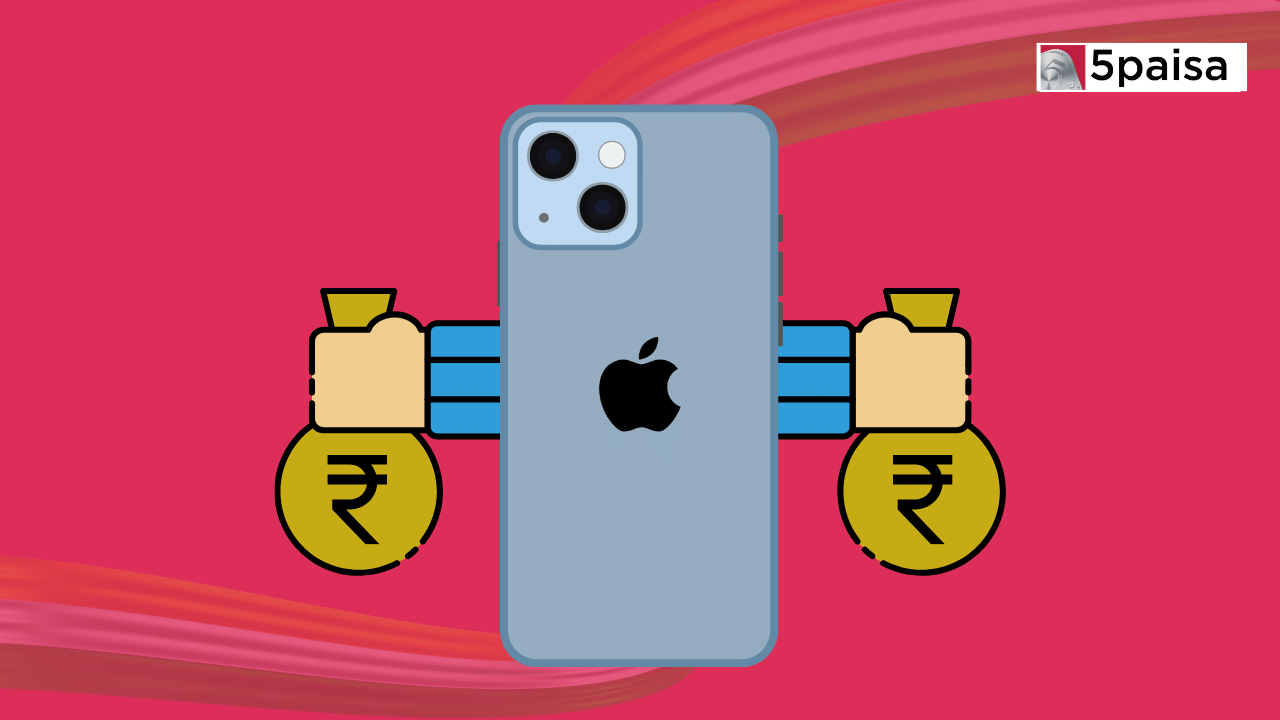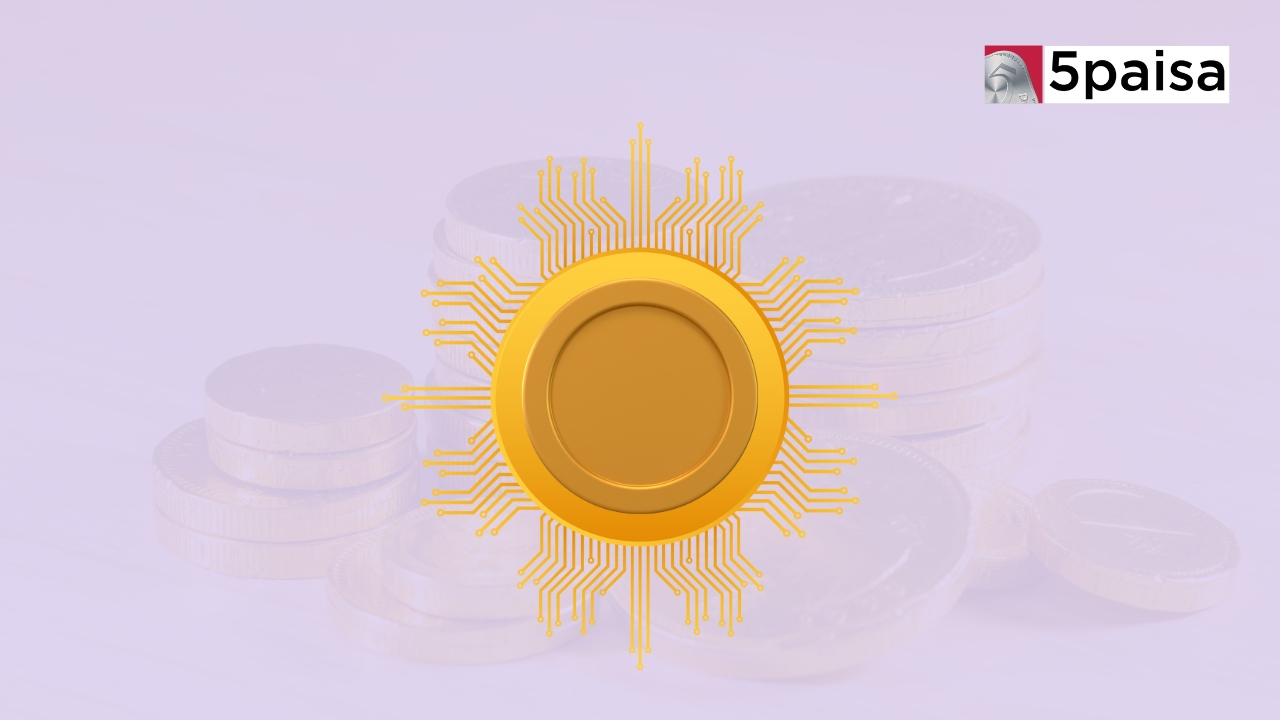Why iPhones Stay Expensive in India Despite Local Manufacturing?

Last Updated: 28th September 2023 - 04:02 pm
Why iPhones Stay Expensive in India Despite Local Manufacturing?
Once upon a time, in the bustling streets of Delhi and Mumbai, there was a frenzy like no other. Apple aficionados lined up for hours under the scorching Indian sun, eagerly awaiting their chance to get their hands on the latest marvel from Cupertino, California—the iPhone 15 series. The passion for Apple's iconic smartphone seemed to know no bounds.
But amidst the enthusiasm, a burning question lingered: Why are iPhones still so expensive in India, despite being partially "made in India"?
The iPhone 15, a device that would set you back $799 in the United States, came with a price tag of ₹ 79,900 ($965) in India. Its more advanced siblings, the iPhone 15 Pro and Pro Max, ventured into even more formidable territory, costing ₹ 1,34,900 ($1,628) and ₹ 1,59,900 ($1,930), respectively. So, what was the mystery behind these lofty price tags?
One might expect that local production in India would result in more affordable iPhones for Indian consumers. However, the reality was far from that. Let's embark on a journey to unravel the enigma.
Firstly, it's essential to understand that while iPhones are indeed assembled in India, they are not entirely "made in India." The intricate supply chain that sustains iPhone production relies heavily on components imported from various regions. These imported components, unfortunately, made Apple susceptible to customs duties, which cast a significant shadow on the final price.
The Goods and Services Tax (GST) of 18% only added to the cost burden, culminating in a hefty 40% increase in the final price of these coveted gadgets.
But Apple, a master of innovation and adaptation, wasn't about to let these challenges hold it back. The company teamed up with local businesses to provide discounts and trade-in options, effectively cushioning the blow of customs duties and taxes on imported models. This creative strategy led to substantial price reductions, making iPhones in India relatively more competitively priced compared to countries like Dubai and Singapore.
However, there was another piece to the puzzle. Older-generation iPhone models played a crucial role in Apple's Indian success story. Analysts argued that the profits reaped from the sales of Pro models contributed to making base models and older-generation iPhones more affordable for the Indian market. This strategic move allowed Apple to maintain its competitive edge.
Yet, not all iPhone models were produced domestically. This discrepancy prevented Apple from implementing dual pricing tiers – one for locally assembled iPhones and another for imported ones.
Now, let's talk currency. The Indian rupee had been on a rollercoaster ride, depreciating against the mighty dollar for quite some time. This fluctuation inevitably impacted the pricing of iPhones in India. Apple had to adjust its prices to keep up with the ever-shifting currency market.
To make matters more complicated, Apple's engagement with local banks in India for financing options was limited. Moreover, trading in a one-year-old iPhone at an Apple store in India yielded only about one-third of its original value, a far cry from what one might expect.
Despite all these challenges, Apple's ardent customers in India were often left yearning. The array of services available to Apple users in other countries, such as News+, Fitness+, and Apple Pay, remained elusive to many in India. The Apple Card and its accompanying savings account, celebrated in the United States, were conspicuously absent in the Indian market. Even Apple Maps and Siri had fewer features to offer to their Indian clientele.
In the backdrop of this captivating narrative, Apple's presence in India continued to grow. Reports revealed that the tech giant was gearing up to increase production in India by over fivefold within the next five years. Smartphone exports from India had exceeded expectations, with Apple accounting for nearly half of them.
In the grand scheme of things, the mystery of why iPhones stayed expensive in India was a complex tale of customs duties, taxes, fluctuating currencies, and a relentless pursuit of growth. While the iPhone journey in India had its challenges, it was clear that Apple was committed to expanding its footprint in this vibrant nation.
So, as iPhone enthusiasts continued to line up outside Apple stores, eagerly anticipating the next iPhone release, they did so with a deeper understanding of the intricate web of factors that made these iconic devices both a luxury and a symbol of aspiration in the land of diverse cultures and rich histories.
- Flat ₹20 Brokerage
- Next-gen Trading
- Advance Charting
- Actionable Ideas
Trending on 5paisa
Business and Economy Related Articles
Disclaimer: Investment in securities market are subject to market risks, read all the related documents carefully before investing. For detailed disclaimer please Click here.
 5paisa Research Team
5paisa Research Team
 Sachin Gupta
Sachin Gupta




